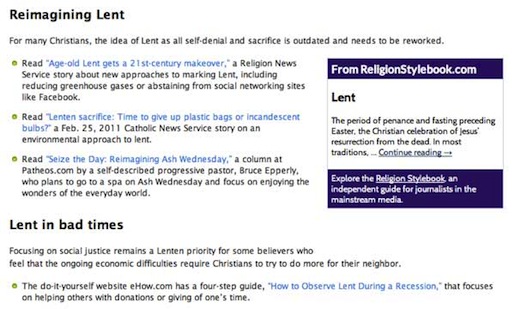Religious orders are communities that live by a particular “rule” that guides their daily communal prayer and work lives. Members profess vows of poverty, chastity and obedience. These rules are usually set forth by the founder of the order. For example, the Benedictines live by the Rule of St. Benedict, composed by the sixth-century monk who is considered the founder of Western monasticism. Franciscans, another well-known order, live according to the precepts and principles — especially service to the poor — set out by St. Francis of Assisi in the 13th century. Dominicans, founded by St. Dominic, are known for their vigorous preaching. Many orders have communities of men and communities of women. Men’s religious orders often have priests, who are ordained, and brothers, who have taken vows but are considered lay people. The Jesuits, the largest Catholic order today, is all-male, with priests and brothers. There are many manifestations of vowed religious life in Catholicism, and each order often has different communities that live according to reforms instituted through the centuries. Some religious communities are contemplative or cloistered, meaning their days are spent apart from the world and largely in prayer.
Religious life is believed to have originated with desert monks and hermits whose ascetic practices were brought to Europe in the early centuries of Christianity. In the United States, many religious orders operate schools and universities, in addition to running some parishes. (Most parishes are overseen by diocesan priests.) Orders are under the jurisdiction of the diocesan bishop, but they have a great deal of autonomy.
Members of religious orders have initials after their names that indicate the official title of their order. For example, the best-known group of Franciscans is known as the Order of Friars Minor, and its members have O.F.M. after their names. Similarly, the formal name for the Jesuits is the Society of Jesus, denoted by S.J. Accepted style does not include the initials, but rather names the person’s order as part of the identifier. For example, “C.S.J.” stands for “Congregation of St. Joseph,” but in referring to a member of that order one would write: Sister Helen Prejean, a member of the Sisters of St. Joseph, works for the abolition of the death penalty.

